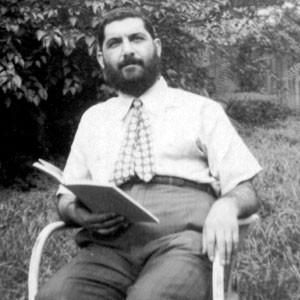2004
18. Badkhones ("Jesting") During the Mitsve-Tants - Inviting the Rebbe
The badkhn Yosef Greenwald ("Yosel Ramler") and guests, wedding of Zeyde Shmuel Rosenbaum, Rehovot, 16 June 1971.
The mitsve-tants - a traditional central event in an East-European Jewish wedding - became in Hasidic communities a religious ceremony of mystical significance (see Mazor and Taube). The ceremony is practiced in most Hasidic communities. It takes place on the wedding night, after the wedding banquet, in the presence of a small audience, including both men and women. The active participants are few in number - a few relatives on both sides and a few of the most honored guests.
The master of ceremonies is the badkhn or jester, a prominent figure in East-European Jewish weddings, encountered today only at Hasidic weddings. Improvising or reading from a prepared text, he invites the guests, one by one, to dance with the bride. The person invited takes the end of a handkerchief or gartl (silk sash) and dances with the bride, who is holding the other end. After a short dance, the bride steps aside and the dancer is joined by a few men from the audience, who continue in a circle dance. The badkhn sings verses at other wedding events as well: at the reception (see above, no. 8, and below, no. II, 10), during the feast, and the "Seven Benedictions" feasts, and so on.
This recording includes the first three stanzas of an invitation to the Rebbe of Kretshniff, R. Menachem Eliezer Ze'ev Rosenbaum (b. 1949), to dance with the bride. In these stanzas the badkhn praises the modesty of the young Rebbe, only just appointed after the death of his father, R. Moshe David, who died quite young (1924-1969). The badkhn notes that the Rebbe does not consider himself worthy of taking the place of his father, the previous Tsaddik, who knew how to perform the mitsve-tants with the necessary mystical intentions that would have the required effect in the supernal worlds. In the sequel (not included here) the badkhn stresses the Rebbe's sterling qualities and his ability to act as leader and intercessor for his flock.
These verses about the Rebbe were written by the badkhn, Yosef Greenwald (1924- 1973), to the tune of a Yiddish song entitled "Eyzehu meqoman shel zevahim'' ("What is the proper place of the sacrifices?") dealing with the sacred service in the Temple (see Zemirot Yisra'el, pp. x and 4). The choice of this particular text was designed to compare the Rebbe's dance to the Temple service. The melody differs in structure from the usual badkhones melodies. It consists of three sections, each a period based on three musical components (in contrast to the more common dual structure). Accordingly, each stanza consists of six lines (one line for each component), the rhyme structure being A-A-B, C-C-B, corresponding to the musical structure of the period. After every three stanzas the audience responds with the first section of the melody. In this recording we have included the three first stanzas in the invitation extended to the Rebbe.
With the help of the Lord, may He be blessed and praised,
To the next dance with the bride
We invite with joy and song
With gladness and merriment,
The brother of the groom,
Our hojy Master, Teacher and Rebbe, mqy he live long and wellAll of us here shall assure him
That he does not dance alone.
He protests: ''I am only a replacement here in the hall,
The dance is not mine at all.
It should have been danced well, in my stead,
By my holy father, the mekhitn [= in-law], the Rebbe, of blessed memory."A person's wishes should be respected,
And so shall we all do here,
Obeying the command of our Rebbe in full,
And the holy Tsaddik will soon stand before us here
With his son, the Rebbe, may he live long and well
To dance the mitsve-tants with the bride.






